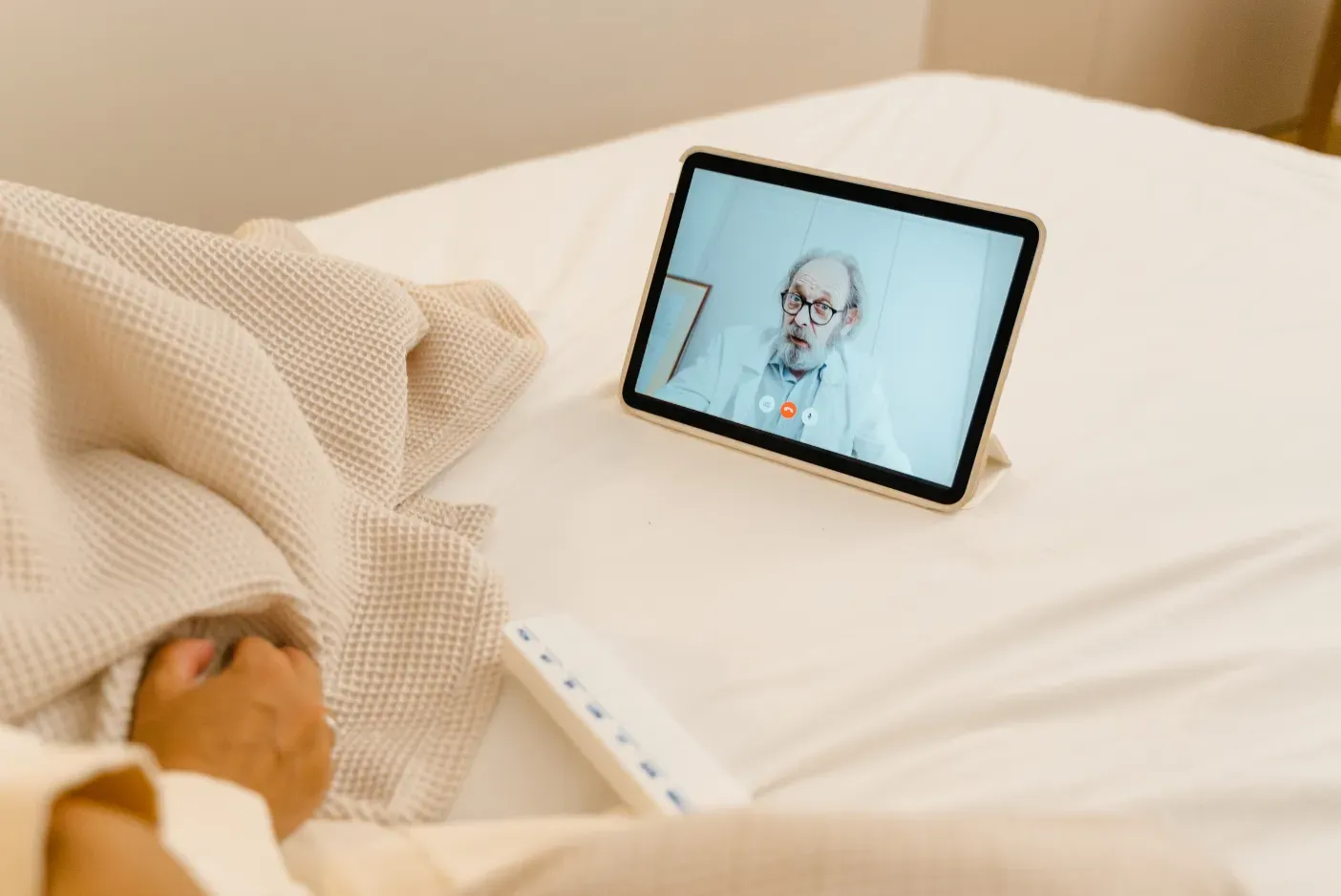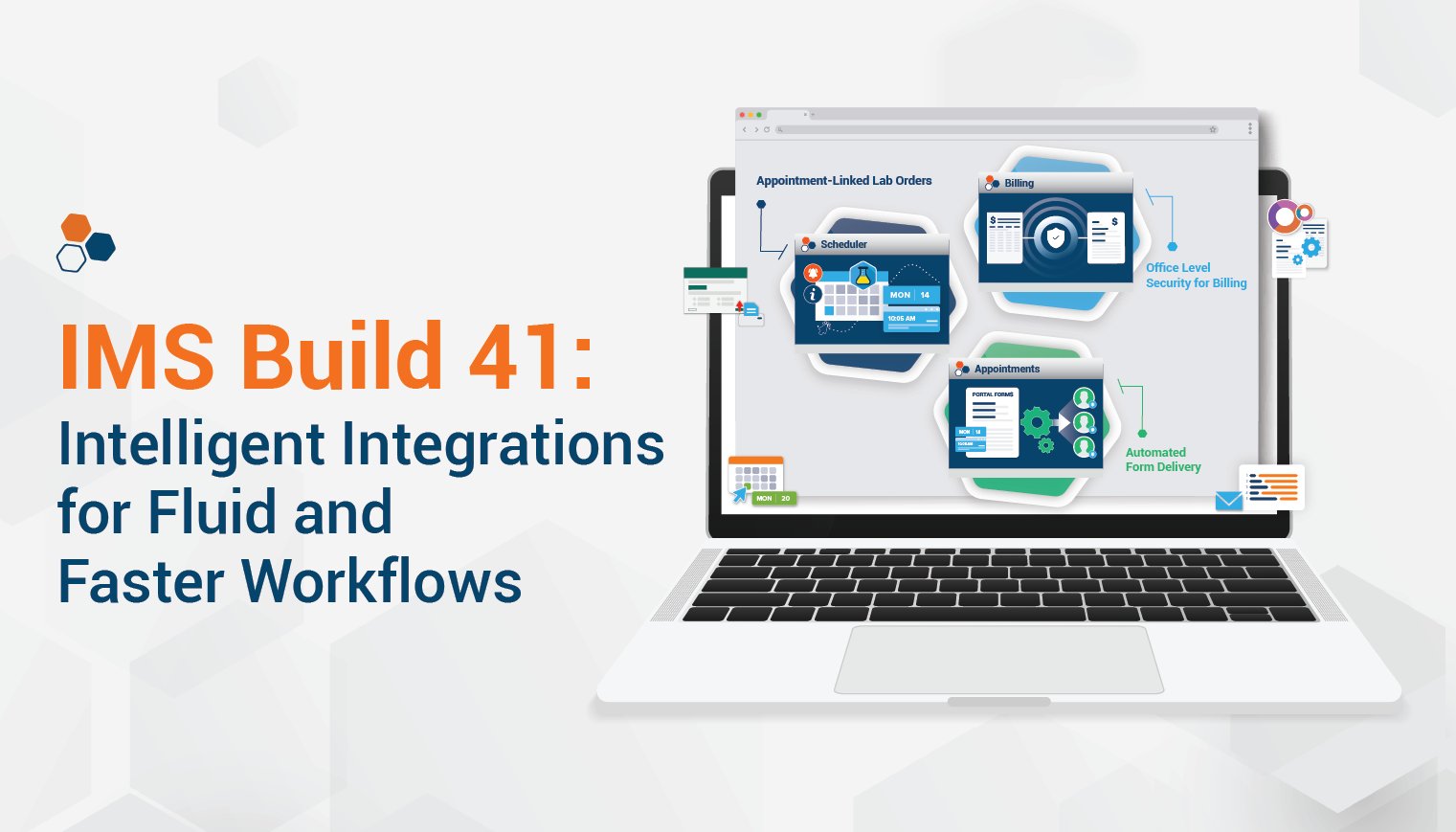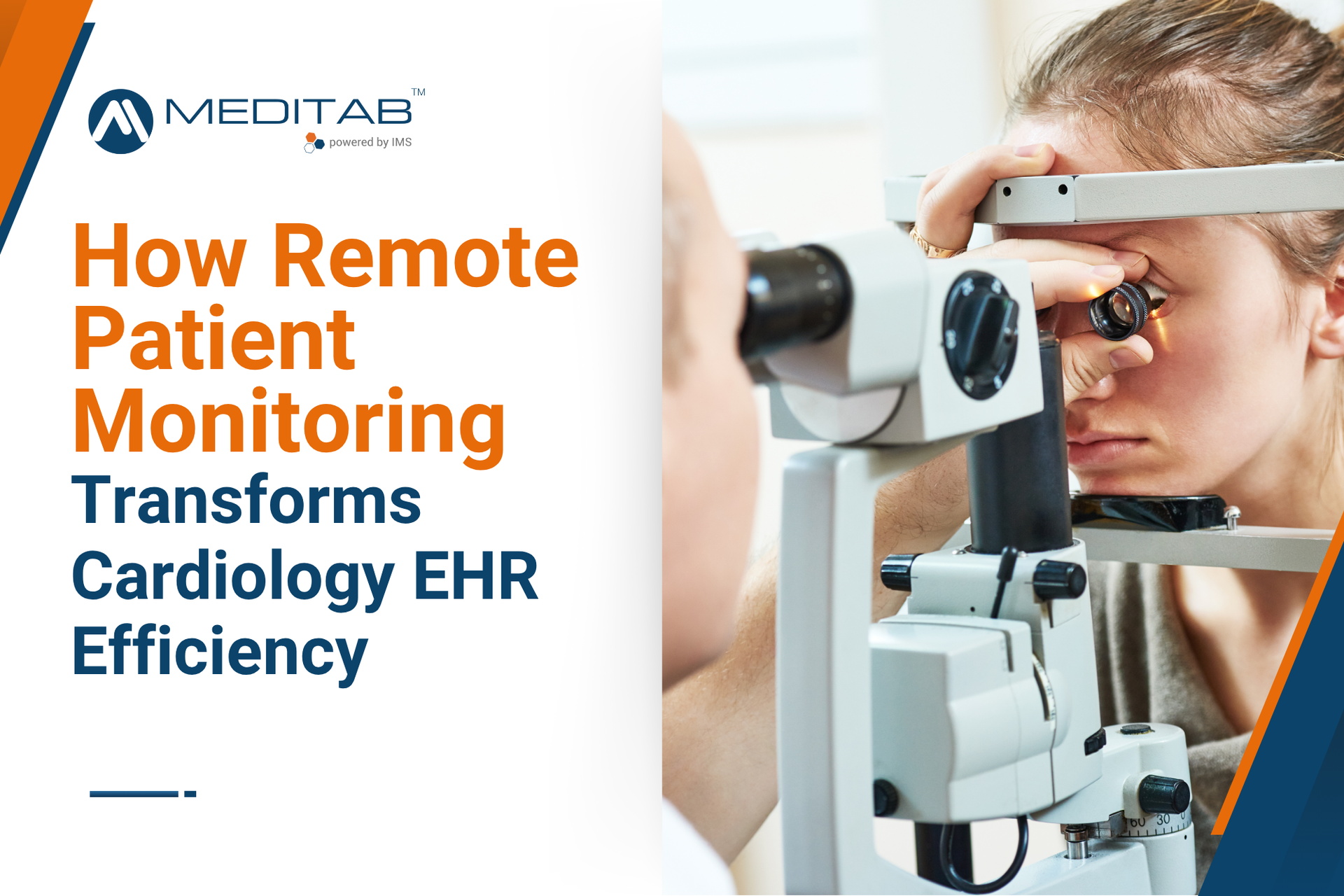Choosing the Right Telehealth Platform for Your Medical Practice

Patients are always expected to listen and trust their physicians' advice—and rightly so. But when it comes to telehealth adoption, maybe doctors ought to listen to patients this time around.
Many physicians still underestimate telehealth as a platform that can serve their bottom line for the long term. However, patient sentiment is clear. They want the speed and convenience of digital transactions—benefits telehealth platforms provide.
While some still prefer onsite consultations, a growing number of patients, especially those from far-flung and underserved areas, favor telehealth due to its accessibility.
For those unfamiliar with its potential or using the wrong tools to provide this service, telemedicine remains an untapped care delivery resource.
Let’s delve deeper into the potential of telehealth platforms through a brief look at its history — learn from lessons of the past — and use these insights to see how providers can best leverage technology to advance remote care.

What History Tells Us About Telehealth Platforms
Telehealth, a popular option for seeing a doctor during the COVID-19 pandemic, actually has a fascinating history that goes way back to the late 1800s.
In 1879, an article by the Lancet introduced the telephone as a medium for consultations in hopes of reducing unnecessary office visits. Besides administrative problems, distance became a huge barrier for medical emergencies. Alaska's vast geography, for instance, posed challenges for their local healthcare in the 1920s. In small villages, health aides assessed patients locally before specialists determined if further travel for treatment was necessary.
These unique scenarios got people interested in advancing remote care, as illustrated in a 1925 cover of Science and Invention, where a doctor diagnoses a patient over radio-casted video feedback. While this was merely imagined, modern technological advancements made the idea a reality. Successfully conducting telehealth consultations was no longer a question of possibility but of practical implementation.
More than a decade ago, the Department of Veteran Affairs (VA) pioneered a holistic remote care program for chronic disease to reduce hospitalizations and improve medication adherence. The programs proved successful yet had some pitfalls during implementation, calling for more research on better ways to deliver remote care.
What Can We Learn From the Past?

Among the four cases above, these are the conditions that hindered quality care delivery:
- Administrative Shortcomings
- Geographical Barriers
- Deficient Technology
- Short-Term Care Implementation
The best telehealth platforms tackle these problems by using technologies that not only connect doctors and patients but also form a seamless care experience that covers processes before and after appointments. The goal is to make patients feel they are receiving the best care even when they're far apart.
What are these features you need to look out for? Let's go through them one by one.
Key Features to Look For In Telehealth Management Platforms
1. Digitally-Assisted Workflows
Your telehealth management platform should smoothly blend with established healthcare workflows. Instead of adding complexity, it should enhance existing processes.
Everything from scheduling appointments to launching video consultations, accessing patient records, and handling billing and prescriptions should seamlessly occur within one platform. The best telehealth platforms empower healthcare providers to effortlessly integrate telehealth into their daily routines without causing workflow disruptions.
2. Robust Admin Support

A comprehensive telehealth platform is defined by its robust administrative support, incorporating analytics and reporting features that generate detailed reports crucial for audits, billing precision, and performance evaluations.
Most importantly, your system should make monitoring patient flow simple. Your software should have features that organize appointment management to minimize scheduling clashes. By efficiently managing patient queues, your practice runs smoother operations and optimizes provider time for each patient.
3. Interoperable Features
Interoperability gives you the benefit of seamless communication and data exchange across different systems and devices. If your telehealth software is interoperable, it should support integrations with Electronic Health Records (EHRs), medical devices, and other healthcare software, ensuring patient data can be securely accessed among different providers and systems.
4. Patient-Centric Systems

Making telehealth services easily accessible to patients should be a top priority. After all, telehealth was made to widen healthcare’s reach.
This means using systems that have user-friendly interfaces, easy appointment booking, and secure messaging. It should prioritize data privacy as well, giving patients confidence in the confidentiality of their information.
Take IMS telehealth services, for instance, which seamlessly integrate with the IMS Patient Portal. This portal allows patients to access their records, request prescription refills, make payments, and facilitate requests for online consultations. By synching up with a provider's EHR software, platforms like the IMS Patient Portal ensure a streamlined care experience at every stage of the patient journey.
Set-Up Your Virtual Clinic With the Proper Tools
With the right systems in place, the best telehealth software sets up a virtual clinic — with fully functional scheduling, billing, and communication automation that elevates the remote care experience from a simple doctor's call to a framework where patients actively engage in their care.
With Meditab's Televisit, you can virtually connect with your patients without disrupting your clinical routine. The software allows you to extend your clinic operations online: check in patients, take visit notes, handle payments, and more. It’s also convenient on your patient's end; a Televisit can be scheduled within just a few steps on a single platform.
Check out this brief video to get insights on how Televisit operates from both the patient's and provider's perspectives:












